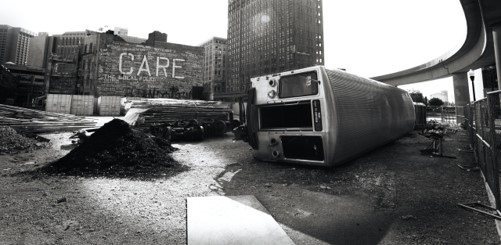This article focuses on identifying and mitigating project risks. It includes metrics such as the number of identified risks, risk severity ratings, risk mitigation actions taken, and overall risk exposure.
For effective risk management, each project has a risk register that is reviewed with management regularly. The risk register identifies project risk topics, mitigating measures and a mitigation status. Risks typically include availability of key resources, risks to the timeline, and customer financial risk.
Risk management should be an ongoing and proactive process throughout the project lifecycle focusing on risk recognition and avoidance rather than on incident management. As such, it is less of an KPI as a set of initiatives targeted to minimize the likelihood and impact of potential issues and to enhance project success rates. The business standard for risk management follows a number of steps:
- Risk Identification to recognize potential risks that could arise during the project lifecycle. This involves conducting a comprehensive risk assessment by reviewing project documentation, engaging stakeholders, and leveraging past project experiences. Brainstorming sessions, checklists, and risk templates can also aid in identifying risks.
- Risk Analysis and Assessment to analyze identified risks to determine their potential impact and likelihood of occurrence. Risk analysis assesses the severity of each risk and prioritizes risks based on their significance to focus resources and attention on high-priority risks that require proactive mitigation.
- Risk Response Planning will result in a risk response plan to address identified risks. This involves defining appropriate strategies for each risk, such as:
Avoidance: Take actions to eliminate or avoid the risk altogether, such as changing the project approach or scope.
Mitigation: Implement measures to reduce the likelihood or impact of the risk, such as additional quality checks or redundancy in resources.
Transfer: Transfer the risk to a third party, such as through insurance, subcontracting, or partnerships.
Acceptance: Acknowledge that the risk exists and determine how to effectively respond if it materializes. This can involve creating contingency plans or reserves to mitigate the impact.
- Risk Monitoring and Control to monitor identified risks throughout the project lifecycle. It tracks the status of each risk, going along with assessing any changes in risk severity or likelihood, and ensuring that risk response strategies are implemented effectively.
- Risk Communication to keep stakeholders informed about project risks by providing regular updates on risk assessment, mitigation activities, and any changes in risk profiles. Effective communication ensures that stakeholders are aware of potential risks and their associated impacts.
- Risk Documentation to keep track of all identified risks, risk response strategies, and their outcomes.
- Centralized Risk Register to track and monitor risks systematically. This documentation serves as a reference for future projects and supports organizational learning and improvement.
- Lessons Learned or post-mortem exercises at the end of a project to feed a continuous improvement process with insights and experiences related to risk management.
